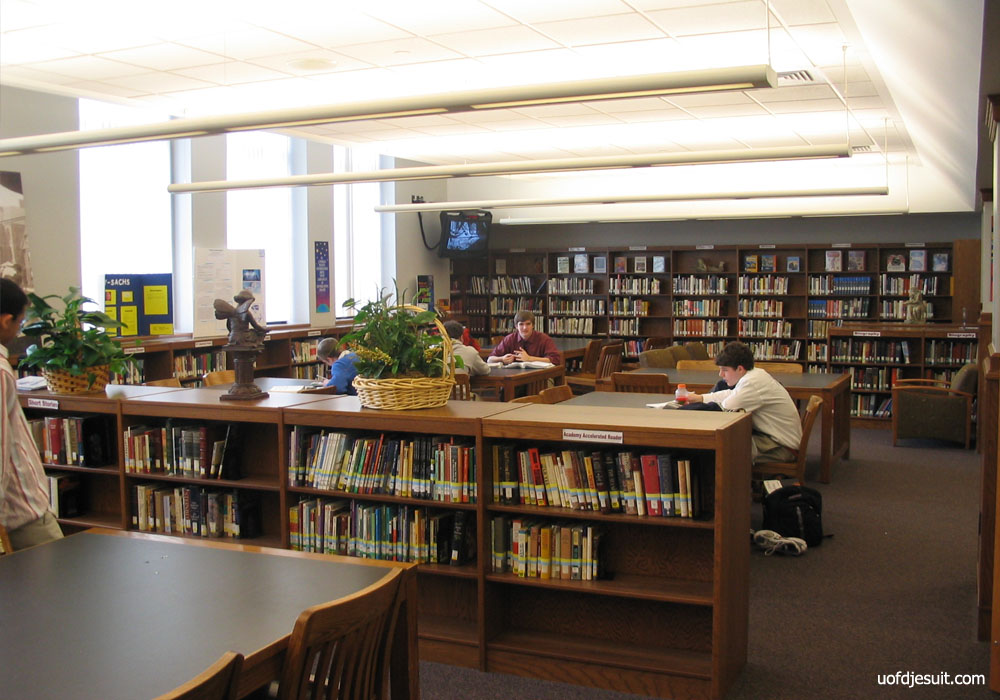The issue
The following paragraphs list citations of my most up-to-date sources, in addition to my interpretations of every source’s major points:
Educational discussions about silence appear to become erroneous and one-dimensional, treating the absence of talk because of the consequence of disciplinary action only. In modern discussions about multi-cultural education, educators ought to re-think the uncomplicated dichotomy of silence versus speech and challenge the primacy of speech. Technological advancements in modern industrial society are particularly strong lures that result in persons of developed nations to avoid silence and to justify intolerance of silence.
Mass media and computer-mediated communication systems consistently erode and destroy silent spaces at the public level, therefore creating it almost impossible for men and women to learn how you can appreciate silence, either by themselves or within the presence of other individuals. Americans are a nation of “space pluggers” and “gap fillers”, each in education and in life, as we obsessively fill what we assume are empty spaces and empty sound gaps with the perpetual flux of objects and decibels.
The idea of “cooperative learning” has grown to be the dominant idea in mainstream teacher education. When teachers, in classroom settings, use the notion of “participation” as a measure of student participation, they inevitably condition students in the belief that silent, active listening is just not a legitimate form of “participating.” The speech might be systematically distorted, consciously, or unconsciously, to offer some groups or people extra importance than other individuals. “… the dichotomization of silence and speech misleads us to devalue silence and privilege speech… I contact for recognition in the need to dismantle this false dichotomy and to create a pedagogical understanding of silences.” (p. 162)
Emphasizing speaking is a system of enforcing the “silencing of silence”, which perpetuates the false notion that speaking automatically represents democratic participation. Favoring speech ignores reflective practice. Systematic education within the art of listening doesn’t exist in elementary schools, in secondary schools, in larger finding out, or within the public sphere. Silence has deeply personal and spiritual elements, regarded as evils in education and politics. Educators need to have to become extremely cautious about emphasizing speech and de-emphasizing quiet. By cultivating the practice of quiet mindfulness, teachers can considerably boost the good quality of interaction and also the high-quality of thought that takes spot in education. In political and educational contexts, silence is automatically feared, “pathologized”, and assigned no currency, however, ironically, we must speak of this challenge as a way to stay clear of it.
The current disregard for silence in modern educational philosophy begins to take hold early within a child’s life, where the once slow, simple freedoms of childhood barely exist currently. In modern civilization, we live within a storm of noise that robs children of their skills to know the beauty of silence. Most kids in today’s developed globe know silence only as discipline or as punishment from controlling adults, and these children are further denied good, quiet experiences by adults who have lost their strategies in a noisy globe. Today’s adolescents grow up with technological innovations that disable their desires to understand fulfilling quiet and creative solitude. Nonstop, incessant noise has become the norm that disconnects men and women of all ages from their inner resources. Holistic education reform requires that teachers make mastering environments that provide workout routines in stillness and silence, where silence just isn’t treated because of the unfavorable force of adult authority, but as the optimistic space of inner peace, creativity, and renewal.
Relying on verbal participation to assess understanding generally rewards compliance (i.e. talking that the teacher expects) as an alternative to thoughtfulness and comprehension. Speech becomes far more effective and insightful using a norm of silence. American schools traditionally usually do not value silence. Speak will not necessarily equal to studying. Schools and communities will need to return to a smart understanding of silence, inspired by the saying, “You have two ears and one particular mouth for any cause. It is best to listen twice as much as you speak.” (p. 4)
RECAP
I attribute the relatively current dilemma of excessive noise in libraries to 4 major causes:
Modern, Western civilization has often treated speech in mainly positive terms, though treating silence is primarily adverse terms of authoritative control and punishment. Runaway developments in technologies (e.g., computers and mobile communication devices) have enacted and enforced Western cultural values that privilege speech in epic proportions. Parallel developments in education have mirrored well-known culture’s information-exchange mania, hence solidifying Western values that favor speech and worry silence. Seller/consumer relationships have surpassed student/teacher relationships insignificance, as institutions struggle to survive in an economy that supports mostly goods and services “aimed to please.”











